Breast Reduction Surgery in Mumbai
Dr. Viral Desai is a renowned cosmetic and plastic surgeon in Mumbai known for his proficiency in advanced breast reduction surgery. He has helped countless women find relief from the discomfort of overly large breasts by providing customized solutions that are both effective and aesthetically pleasing.
“While breast augmentation is often the more talked-about procedure,” says Dr. Desai, “there are many instances where breast reduction surgery is necessary, especially when the physical strain of large breasts begins to impact daily life.”
With years of experience and a commitment to patient satisfaction, Dr. Desai is among the leading specialists in breast reduction surgery in Mumbai.
Do you feel like your body is out of sync with your lifestyle? Let’s find out who benefits most from this transformative procedure.
Candidates for Breast Reduction Surgery
Breast reduction surgery is ideal for women who:
Feel self-conscious about the size of their breasts
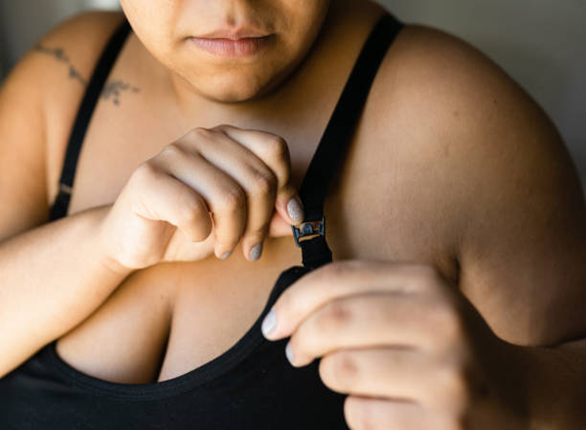
Benefits of Breast Reduction Surgery

Pain Relief

Better Posture

Better sleep

Boosts Confidence
Breast Reduction Procedure
Consultation:
Pre-Treatment Preparation:
Surgery:
- The surgical team prepares the operation site and administers anesthesia to ensure comfort throughout the procedure.
- The surgeon makes incisions, usually around the areola and sometimes extending downward, following pre-marked lines to minimize scarring.
- They remove excess breast tissue, fat, and skin to reduce the size of each breast.
- The surgeon reshapes the remaining tissue and repositions the nipple and areola to a more natural height.
- Then, they close the incisions with sutures and wrap the chest in bandages. The surgeon may place drain tubes to remove excess fluid.
The staff monitors your initial recovery and provides post-operative guidelines. Follow-up appointments help the team monitor your healing and remove sutures or drains.
Breast Reduction Results
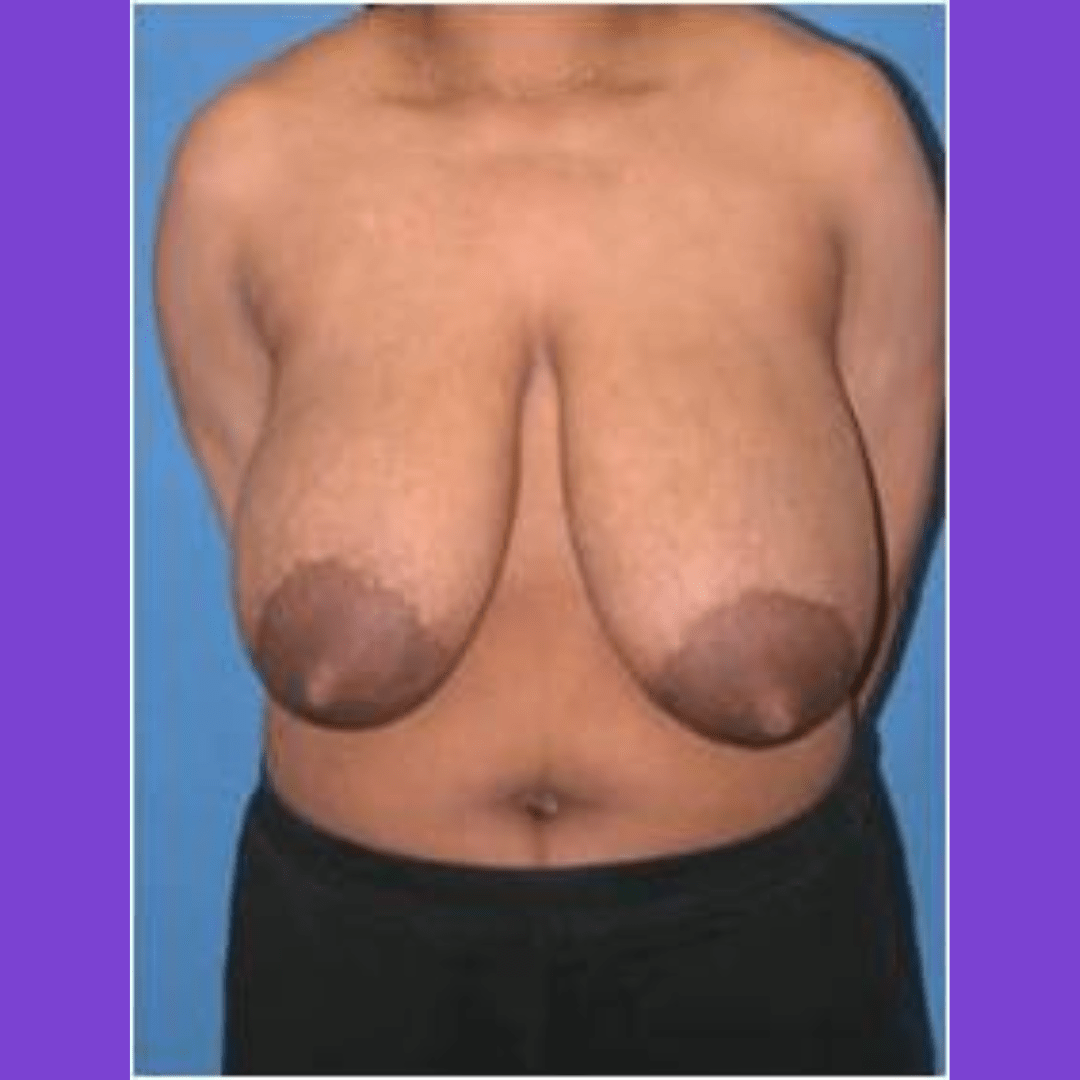
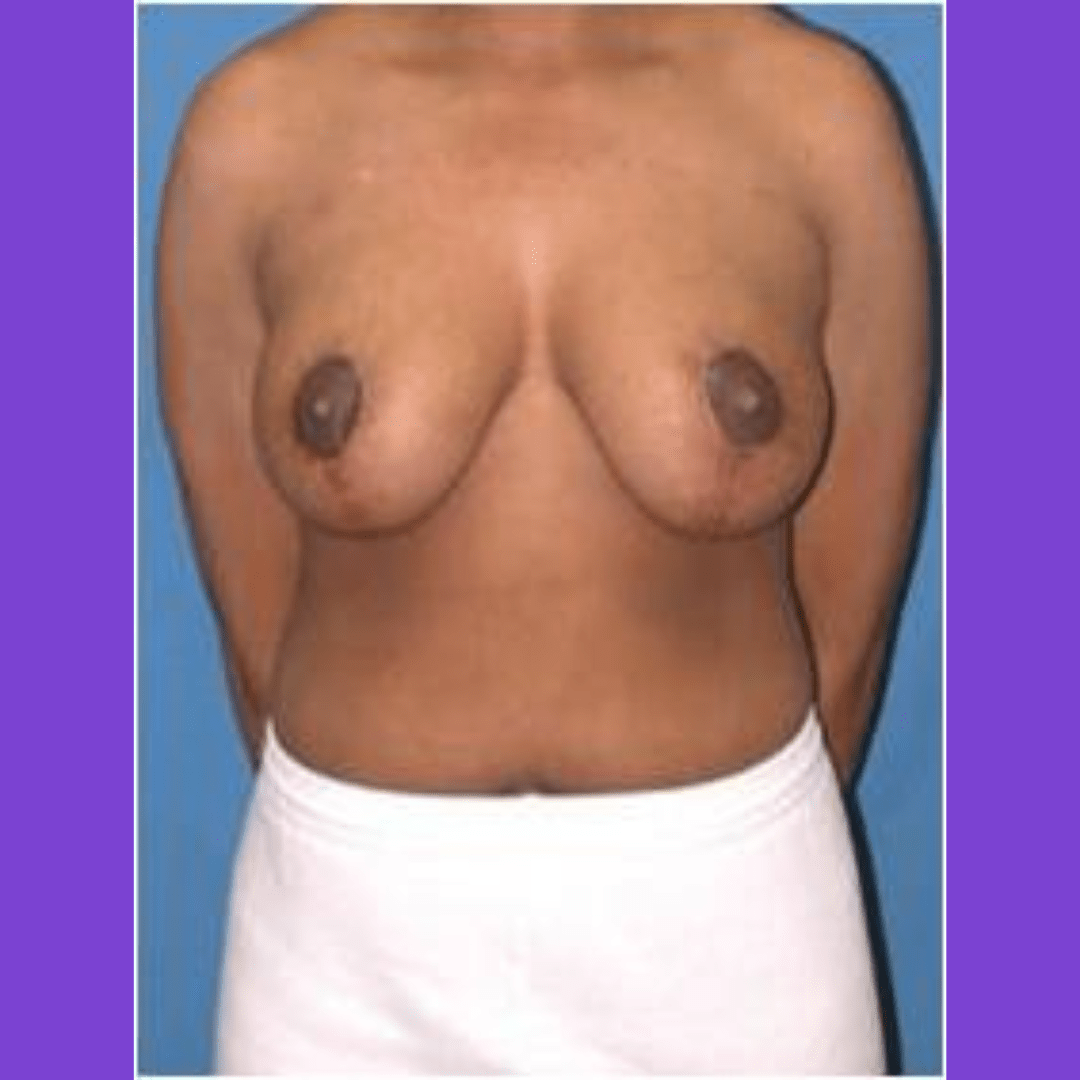
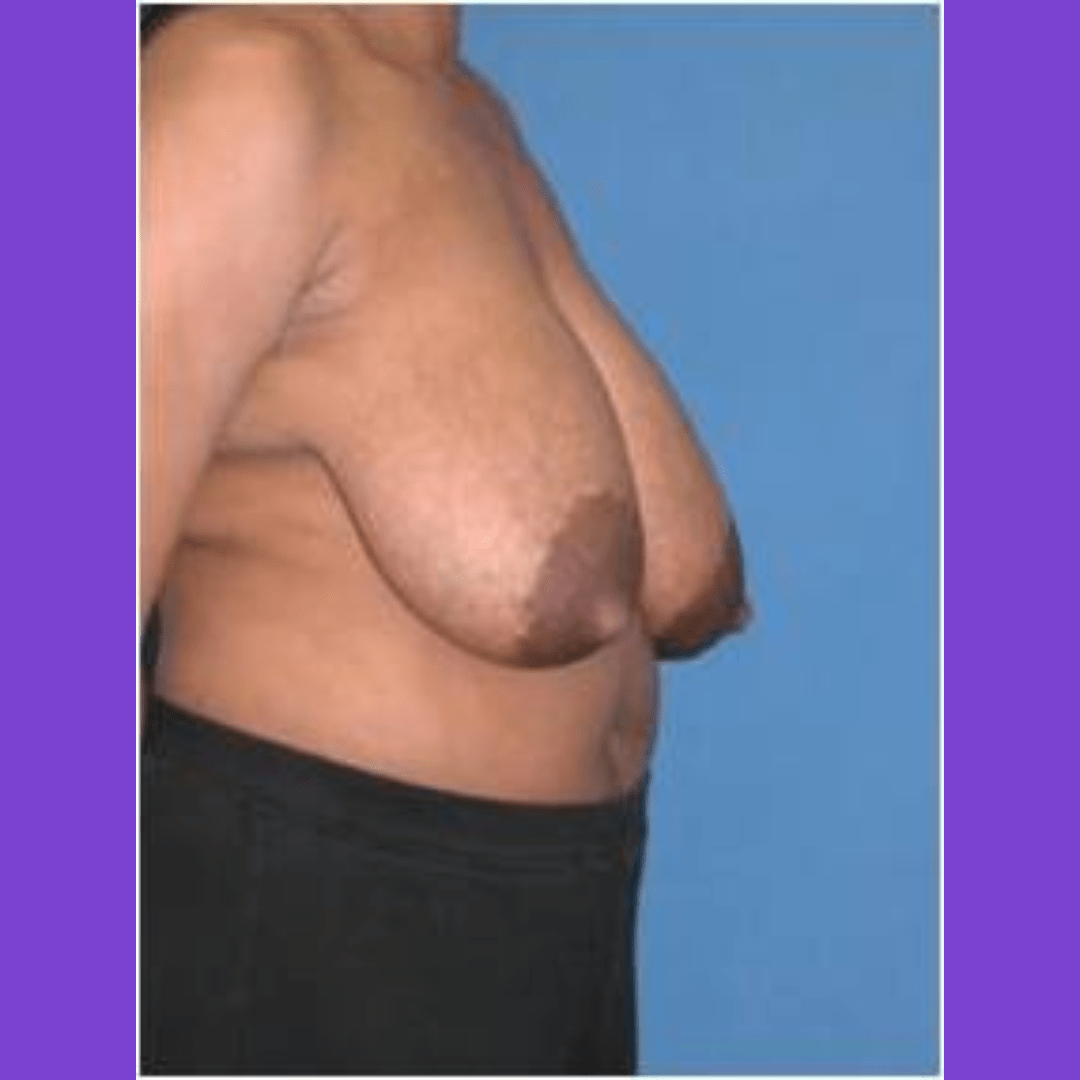
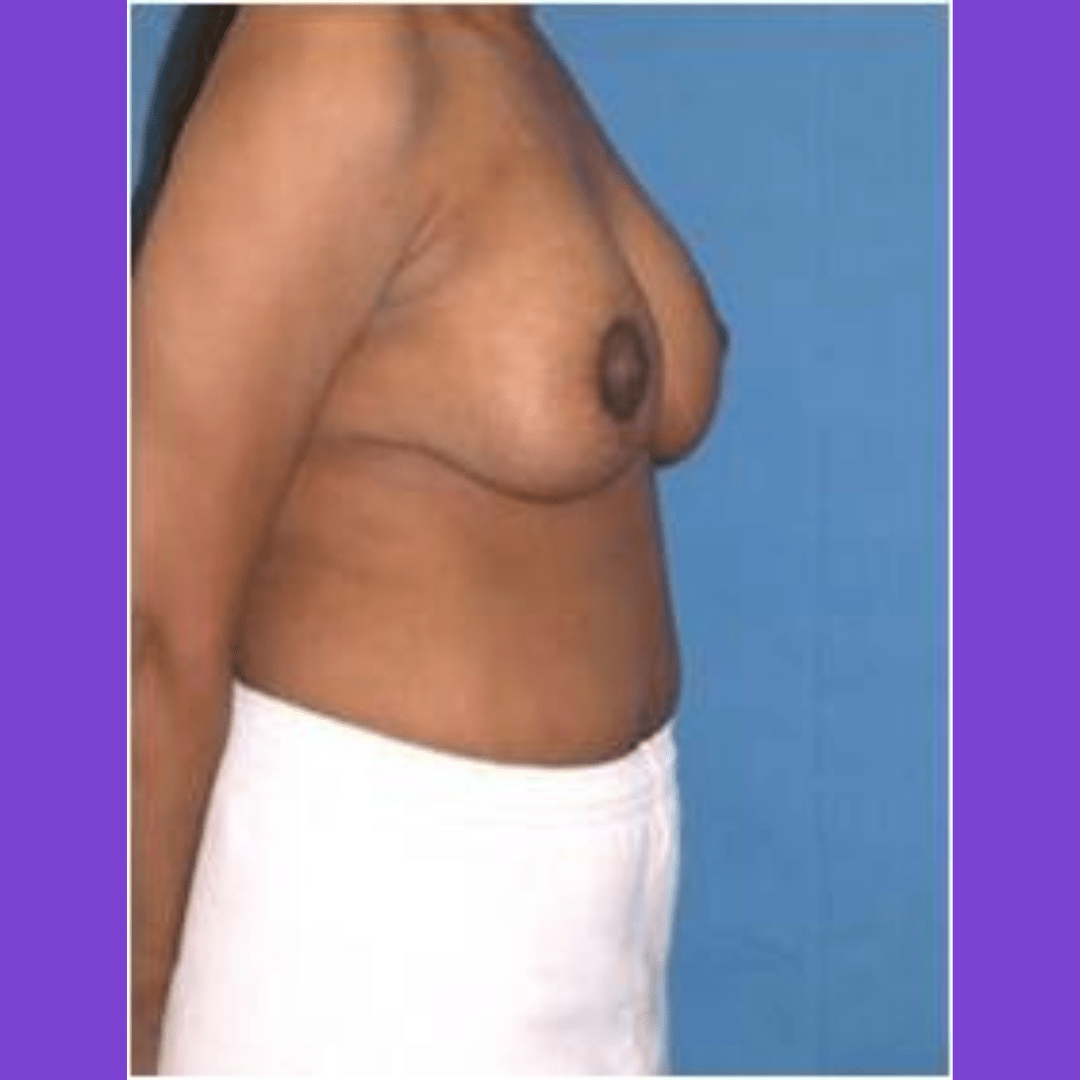
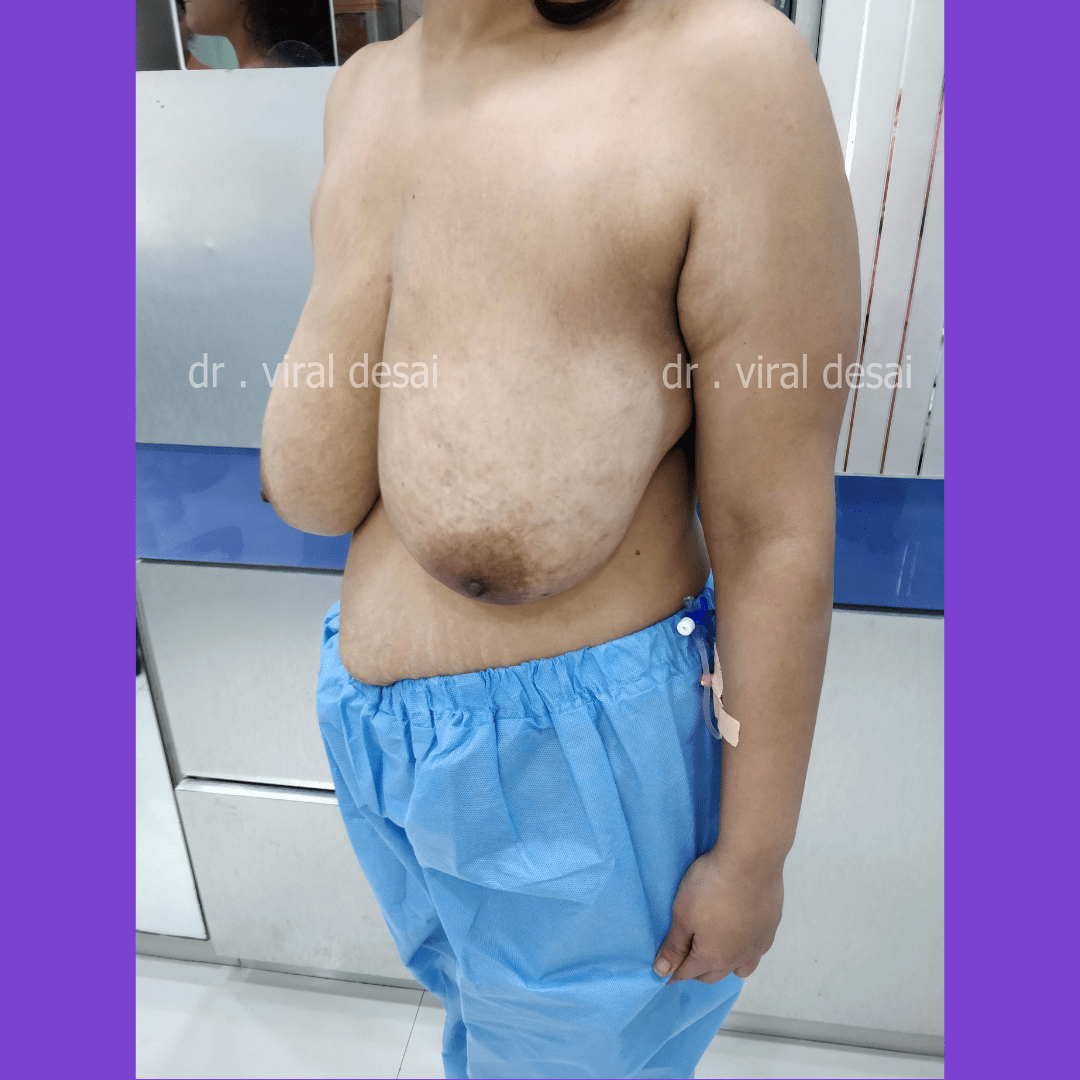

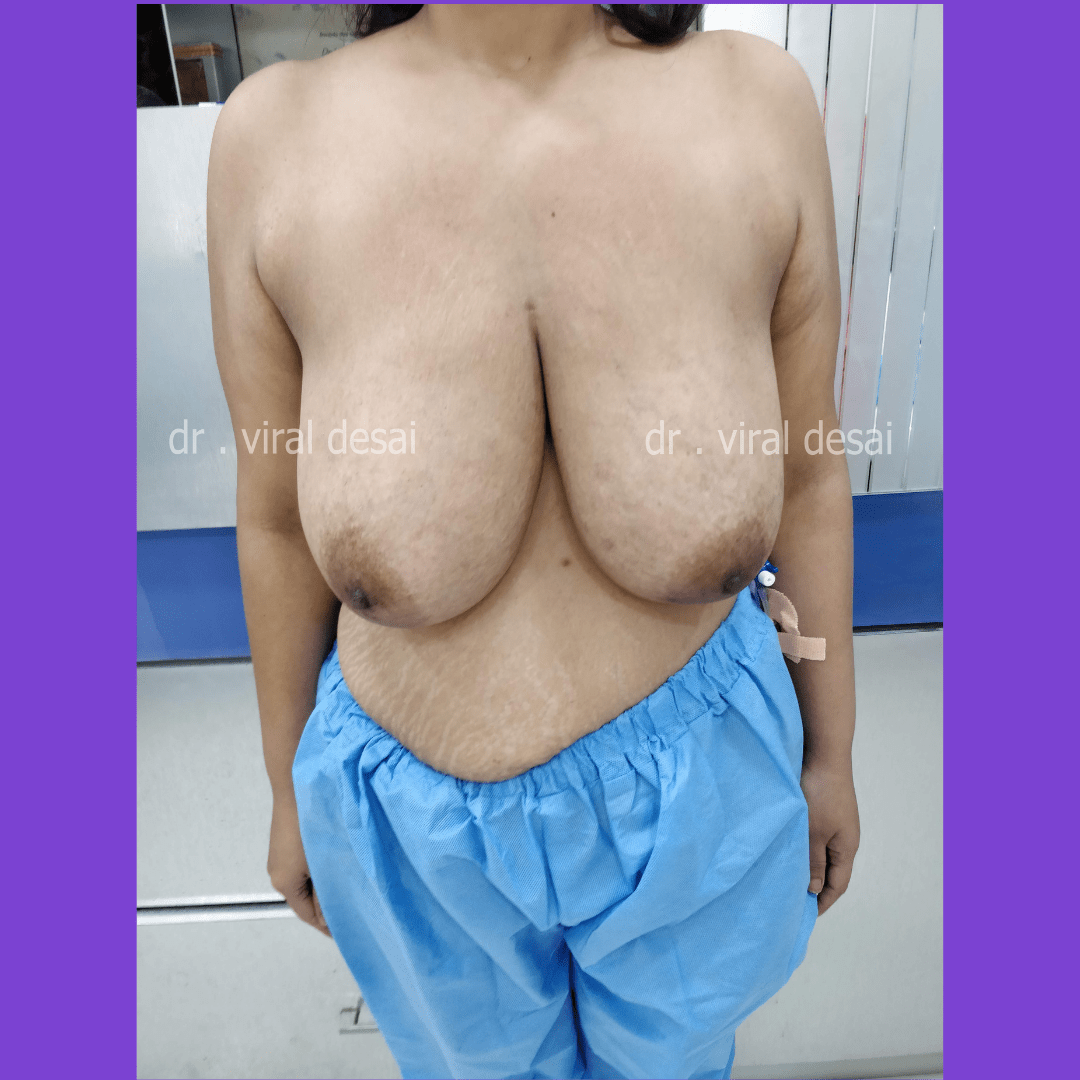

Fill the form below to book an appointment
Breast Reduction Recovery Time
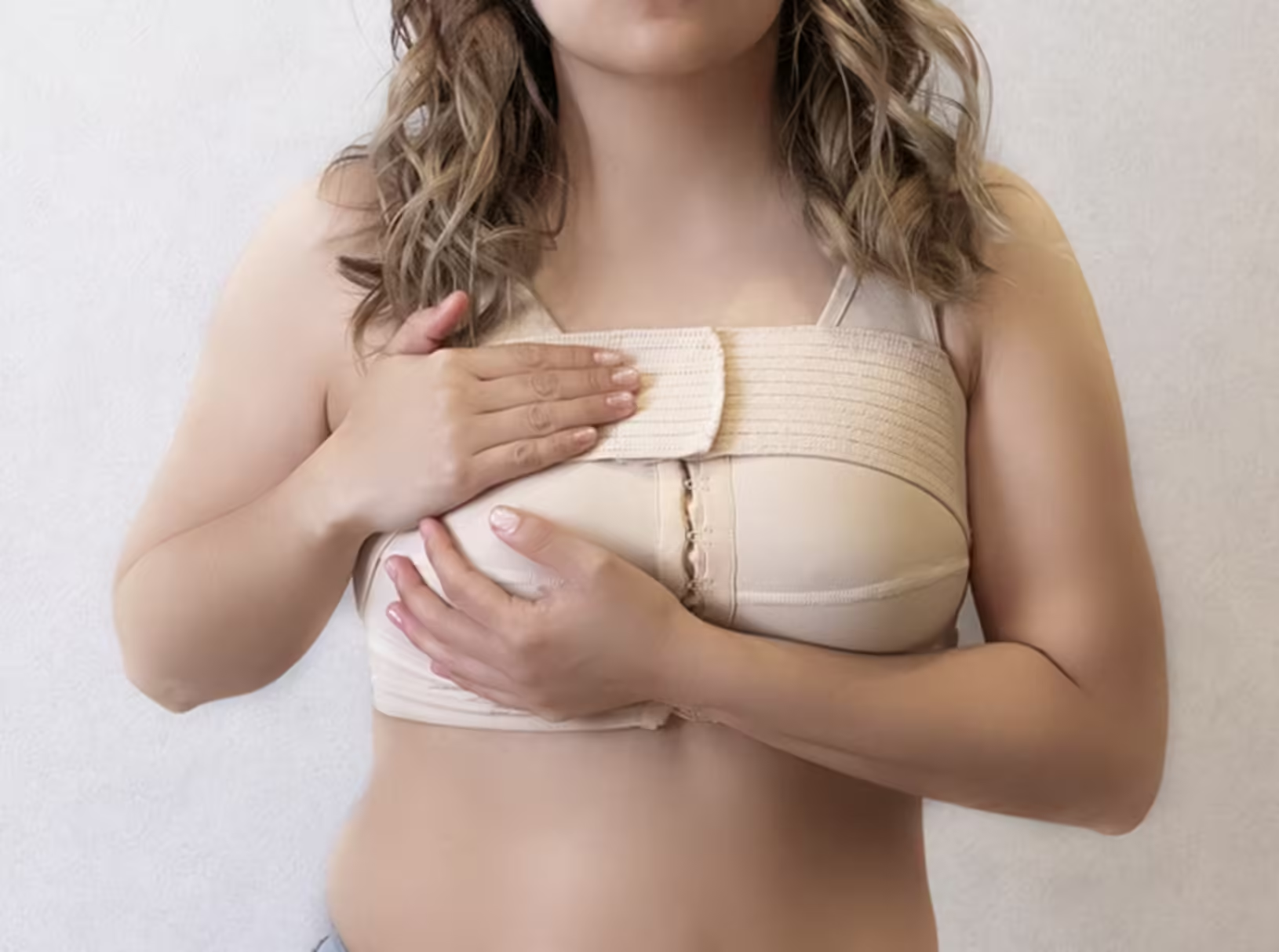
Initial Few Days:
First Week:
Two to Four Weeks:
Six Weeks:
Aftercare of Breast Reduction Surgery
Following are tips for breast reduction aftercare:
- Wear a supportive post-surgical bra continuously.
- Take prescribed medications to manage pain and swelling.
- Attend all follow-up appointments with your surgeon.
- Avoid lifting heavy objects and strenuous activities for 4-6 weeks.
- Sleep on your back with your head elevated to avoid pressure on the breasts.
- Keep incision sites clean and dry.
- Avoid smoking and alcohol consumption.
- Limit sun exposure on scars and use sunscreen if exposed.
- Eat a nutritious diet to aid healing.
- Gradually increase light activities as recommended.

Are you considering undergoing this life-changing procedure? Consult a certified cosmetic surgeon to explore your options.
Why Choose Dr. Viral Desai?
Dr. Viral Desai is a renowned plastic surgeon with extensive experience in breast reduction.
Personalized surgical approaches tailored to individual patient needs.
Comprehensive care from consultation to recovery, ensuring optimal outcomes.
High patient satisfaction rates reflect a commitment to excellence.
Strict adherence to safety protocols, emphasizing precision in every procedure.
Educational support to help patients make informed decisions.
Natural-looking and beautifully contoured aesthetic results
Knowledgeable and supportive clinic staff.
Proven track record with numerous successful surgeries, including celebrity clients.

Testimonials
“The physical discomfort of my disproportionately large breasts interfered with my job as a fitness instructor and passion for active living. The weight of my breasts caused unbearable back pain, making even simple tasks feel like a struggle. After my breast reduction in Mumbai at CPLSS Clinic, the change was not just physical but also emotional. Dr. Desai and his team were incredibly supportive throughout the process. Now, I am more confident and can teach my fitness classes without pain!”
“My large breasts affected my confidence during work presentations and meetings. Shopping for clothes was a nightmare, and I felt trapped in my own body until I decided to take control of my life. I was looking for a reliable cosmetic surgeon in Mumbai when a friend recommended Dr. Viral Desai. From the first consultation, I knew I was making the right choice. Post-surgery, not only has my posture improved, but so has my ability to express my true self.”
“As an artist, oversized breasts affected my physical health, causing chronic neck and shoulder pain, and also made social interactions awkward and uncomfortable. Dr. Desai’s compassionate approach during our initial discussions assured me I was in good hands. The breast reduction surgery was a success, and recovery was smoother than I anticipated. Dr. Desai truly helped me embrace life fully again.”
FAQs
Is breast reduction surgery safe?
Can you still breastfeed after a reduction?
How long does breast reduction surgery take?
What size qualifies for breast reduction?
Our latest post and updates
1 Month After Hair Transplant
Hair transplantation is a highly effective solution for individuals experiencing hair loss, offering long-term results that restore confidence and natural hairlines. However, many patients are curious about what happens after the procedure, especially 1 month after...
Which is Better PRP vs Exosomes for Hair Loss?
Hair loss is a common complaint among millions of individuals worldwide. The available treatment modalities make it difficult to choose the one that best suits you. Two of the most popular hair loss treatments include Platelet-rich Plasma and Exosome therapies. Both...
Lip Filler Lumps After 1 Year
Lip fillers have become an incredibly popular choice for enhancing lip volume and creating a fuller, more youthful appearance. While the results are often remarkable, there are occasional side effects or complications that can arise, even after a year. One of the most...




